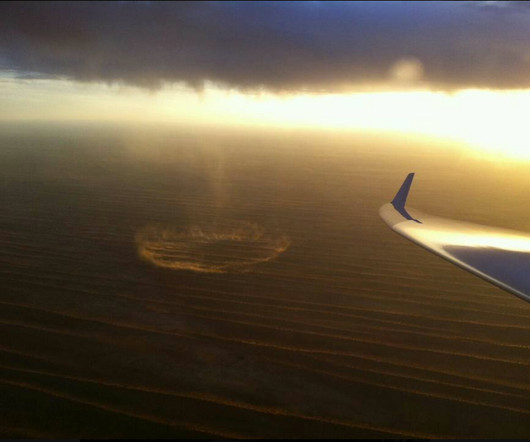10 Apps Every Student Pilot Should Be Using in 2025
Inflight Pilot Training
MAY 30, 2025
AccuWeather Overview : AccuWeather delivers hyper-local weather forecasts with a clean, intuitive interface that helps pilots stay ahead of changing conditions. WX Aviation Weather Overview : Tailored specifically for pilots, Aviation Weather is a one-stop app for aviation weather products, giving quick access to METARs, TAFs, and more.












Let's personalize your content